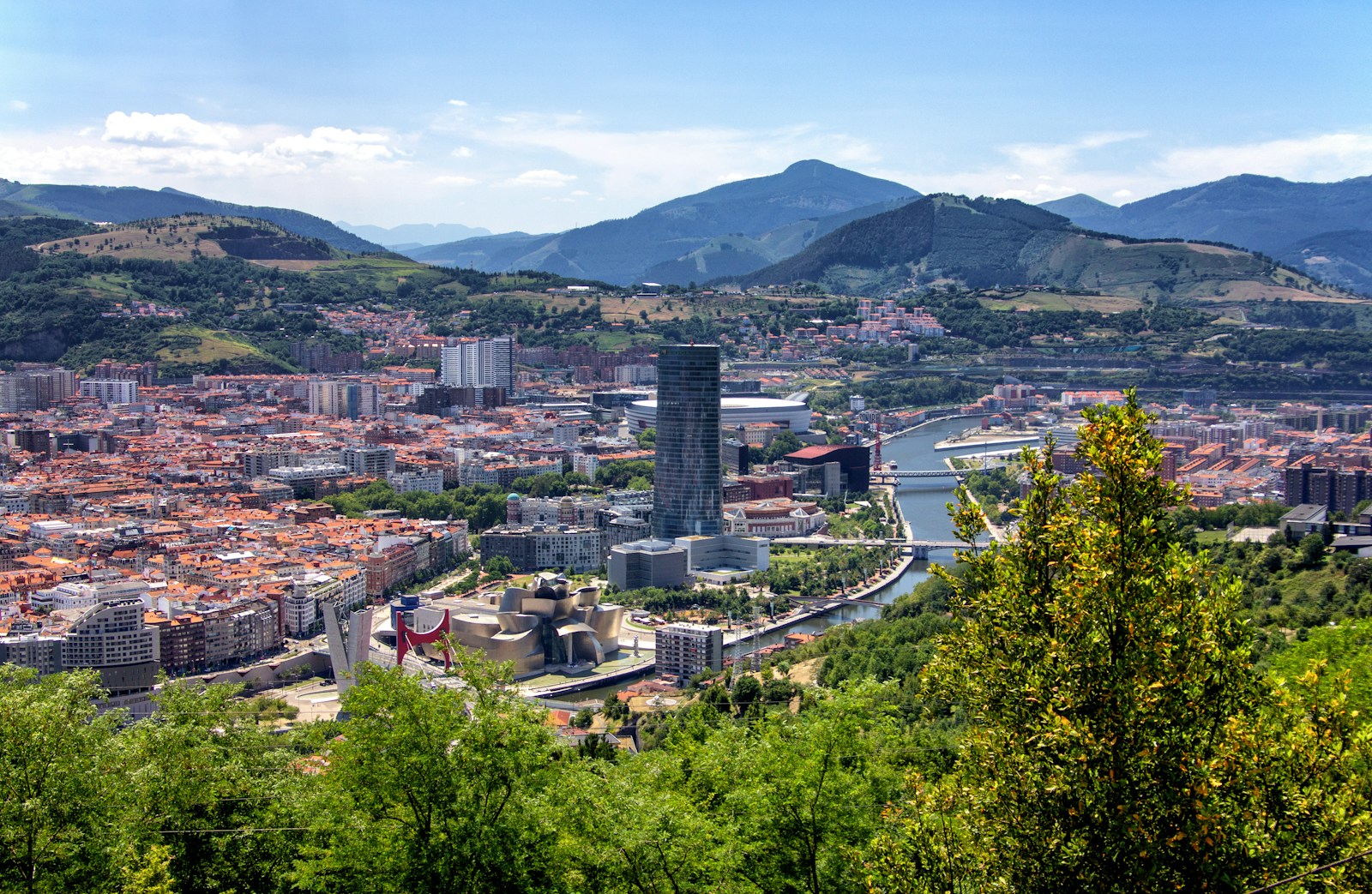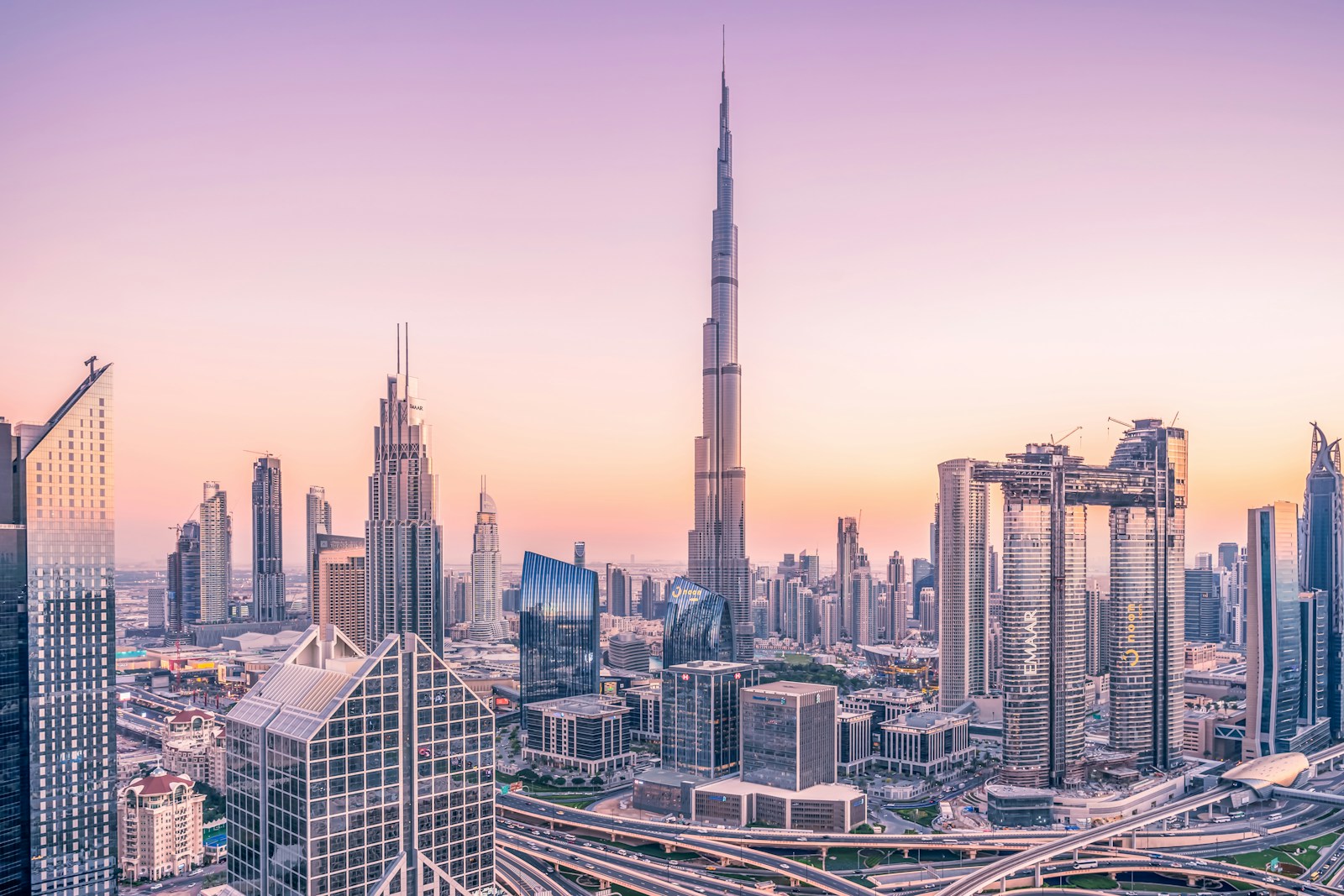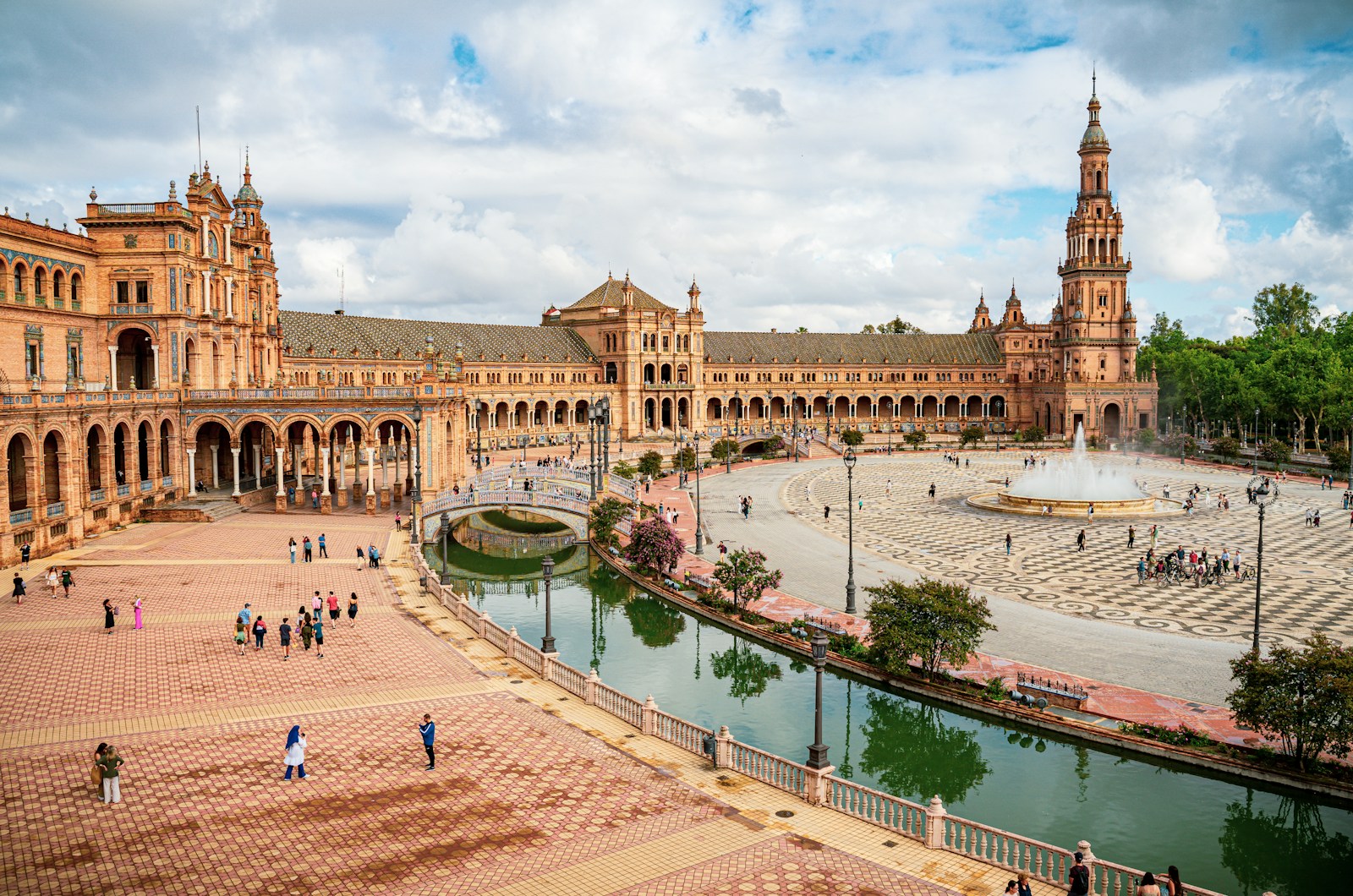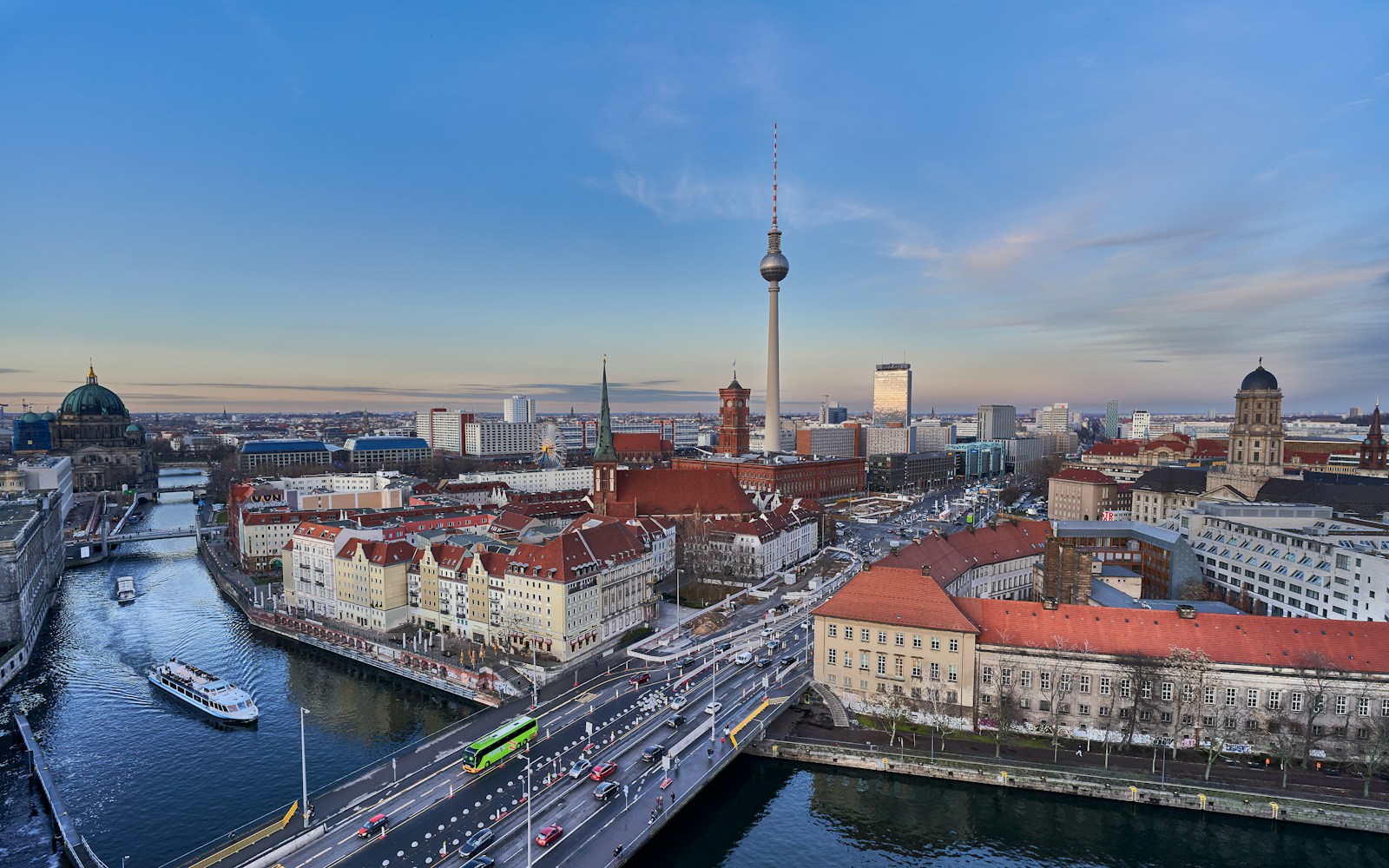Bilbao is a dynamic city in the Basque region such a city has very much tradition and at the same time, ultra-modern architecture. That is why people can hear here history and develop innovations; it is quite a compelling prospect that guarantees interesting experiences. From one of those ‘must-visit’ museums: Guggenheim to ‘old-world’ feeling of the city in its Old Town. Herein will present the basic information needed when planning to visit Bilbao, including the history, climate, get-around means and main tourist attractions, to ensure that the most out of the visit.
The Basics of Traveling to Bilbao
Planning Your Trip
When planning to visit the city of Bilbao one must decide or make up his/her mind on what he/she wishes to see. Virtually every person will find something to enjoy in the city whether art, history, nature or the vibrant city life. No matter if it is the culture that attracts you with its museums, or the nature with its numerous parks, or the night life, Bilbao can offer a lot to see and do. This is a final part of the article that will give you useful advice and suggestions for enhancing your experience.
Exploring Bilbao’s History
- Foundation and Initial GrowthBilbao has origins adating back to 1300 as a medieval town. Geographically, it is said that it is located on the Nervión River; as such it was destined to turn into a great port city due to the early travels by sea, promoting trade early. This riverine position played a major role in making Bilbao a strategically important commercial city since it opened it up to other important cities and regions.
- The Golden Age of BilbaoThe nineteenth century was also the dawn for Bilbao when large iron ore deposits were discovered in the nearby mountains. In the Golden Age, the city embarked on major transformation into a well developed industrial hub of Spain. Development of mines especially iron ores and subsequent emergence of factories boosted the levels of urbanization since workers and other business people were attracted to the areas from different parts of the country. At the heart of it, Bilbao’s population as well as overall development advanced at a record pace, setting it as one of the premier economic destinations.
- Reorientation into a Tourism CityContemporary Bilbao is a quite different city; for the last few decades, it has become a popular tourist spot. The maritime industrial zone has been successfully transformed into today’s brand-new image, and the symbol of its skyline is modern tall buildings.
- A Walk Through Bilbao’s HistoryPrejudices as well as history of the city of Bilbao are reflected in the appearance of the city. Casco Viejo is the historic part of the cities having the feeling of medieval with small streets for traffic such as Cruz street and Perro street. These are the old narrow ways which existed in the Bilbao even before the Siete Calles or Seven Streets of Bilbao today.
On the other hand, the neighborhood of Abando and Ensanche presents the nineteenth century expansion provoked by the mining demand. These districts are the epitome of how the districts should look from the planning and architectural prospective, which distinguishes them from the ancient parts of the city.
Contemporary architectonic references for those who like this kind of art are the Guggenheim Museum, Euskalduna Palace, Zubizuri Bridge designed by Santiago Calatrava or the Iberdrola’s Tower designed by César Pelli. These structures not only give out the skyline of the city but also the change in the city’s status into the cultural and tourism city.
Climate in Bilbao
A Year-Round Destination
The climate in Bilbao is oceanic and this is defined by the mild temperature especially around the coastal areas as well as relatively high rainfall throughout the year. It is thus a good climate for travel at any time of the year, although there are some months that will provide experiences unlike other.
- Seasonal Overview
- Winter in BilbaoWinter, specifically December to February, is relatively mild in Bilbao. Temperatures do not fall below the freezing point as is indicated by a mean of about 8 degrees centigrade. It is humid and cool to cold, and snowing is quite a rarity. Nonetheless, the cooler weather and Christmas Markets/Christmas lights that defines the city during the holiday season makes it a great place to be.
- Summer in BilbaoSummers, from June to August, are however warm, but they do not get that hot due to the coastal nature of the city of Nova Scotia. Weather is generally warm, and calculates within twenty to thirty degrees centigrade, and this is good weather for outdoor excursions around the city. The tourist AWA is highest during the summer because of the cultural numerous festivals and events like the Bilbao BBK Live.
- Rainfall PatternsThis part of the country receives moderate precipitation, and the year end with the wettest month of the year, November, December, and January. But as soon as it rains people use umbrellas and it is normally a shower that does not last for long and activities are not affected. The city has very many green areas as a result of the many rains that the region experiences enhancing its beauty.
- Best Time to VisitThis is the time when the activity level is high and there is a vivid plan of ‘outdoor’ events and celebrations taking place in the city. It’s also an ideal time for consuming the outdoors that is cafes, parks and the Riverfront promenades of Bilbao.
Getting to Bilbao
- By AirAs for the airports, there is Bilbao International Airport which is situated approximately 12 kilometers away from Bilbao. There are many flights from several European cities with key airlines that include; Iberia, Vueling and Ryan air. There are buses from the airport to the heart of Bilbao and other cities of the country; therefore, I can consider it important being timely and rather cheap.
- By TrainBilbao boasts two main train stations: Of the aforementioned abandoned projects, those which concern Indalecio Prieto and Bilbao-Atxuri are the most significant. These stations are served by Renfe and Euskotren that is a Basque private railway company. Abando station offers transfer to other important cities in Spain such as Madrid, Barcelona, and San Sebastian. Taking the Renfe Alvia train from Madrid to Bilbao is roughly a five hours trip and gives beautiful scenes of the Spanish countryside.
- By BusRegarding road transport There is a network of buses that transport passengers to Bilbao from other Spanish cities. For long distance routes there is the Termibus where one can invariably find inter-city bus services to places such as Madrid, Barcelona, and many more through ALSA. Despite having its disadvantages whereby bus travel may take longer time compared to fying or even taking a train but bus travel may at times be cheaper.
Final Tips and Recommendations
In terms of the choice of the means of transport, you are recommended to make a booking in advance, as it will help you avoid high prices. Also, it is advised to take into account the working hours since they can influence travel time particularly if one is driving themselves or if they are travelling by bus.
Getting Around Bilbao
- Public TransportThe public transport in Bilbao is reliable and functional, so people who are living in the city or those who visit it temporary will not have many issues with orientation. The Metro with operators from Metro Bilbao is the most convenient and the fastest means of transport in getting around. It operates most of the areas of interest to most tourists and is clean and on time most of the time.
Bilbobus – the bus service available in the city – offer a superb connection throughout the city of Bilbao as well as the suburb areas. The buses are viable means of getting to places that are not directly accessible by the metro line. The tram can be recommended for a picturesque ride through the city; as for the tourists, this option is rather nice, as the tram runs through many an emblematic place in Bilbao.
- Choosing the Right TransportThe availability and use of transport in Bilbao in a great extent depends on the destination and personal inclinations. The metro is very facilitating when it comes to moving around especially when one has to beat time, say during rush hour. For areas that the metro cannot access, a bus or tram is the next best thing as far as public transport is concerned. Euskotren and Renfe local commuter railways are very useful for getting to other adjoining cities and towns.
- Private Transport and TrafficAs for private transportation in Bilbao, there is a choice of car rental companies, taxis and, of course, the Uber service. However, it must be mentioned that currently Bilbao has signification amount of pedestrian city center and in many places public transport has dominance. Therefore, and given that the city center will experience a large inflow of individuals throughout the week and particularly during working hours, one might not always opt for the most effective option when employing a private means of transport.
- Connectivity to Tourist AttractionsRegarding most of Bilbao’s points of interest, all of them for the most part can be accessed easily via the public transport system. No matter if you are going to the Guggenheim Museum, Old Town, or come to other attractions included in the list, there are always metro/bus/tram stops in the vicinity. This aspect makes it quite convenient to move around the city without having to use a car.
Must-See Places in Bilbao
- These are the Old Town (Casco Viejo)The Casco Viejo of Bilbao is the part of the city that defines its historic and cultural background. This area is also known as the Seven Streets – all the streets here are rather narrow, cobbled, and filled with history. There are many economic and cultural attractions in the area including business and shopping established in historical buildings, the famous pintxos bars and restaurants and the historic quarter of the city. Thus, it is one of the best locations to embrace the lifestyle of the nation and enjoy the energy of the scenery.
- Santiago’s CathedralLocated in Old Town, that is one of the most marvelous Gothic architectures of Santiago dating back to the 14th century Cathedral. Being a religious site, the building exhibits an externally attractive facade and an interior with artistic decorations and fine work. The Cathedral is not only a religious edifice but also the cultural and historical landmark of Bilbao connected with its rich history of the development of the church.
- Artxanda FunicularAnother great way to see a bird’s eye view of Bilbao and the immediate surroundings is the Artxanda Funicular. This funicular train takes people from the main centre of the city to the summit of Mount Artxanda with scenic views at the summit of aster scopes. It is a good opportunity to get the second perspective on the views of the city and the wonderful scenery of Bilbao.
- Ribera MarketRibera Market is among the largest covered markets in Europe today and it plays host to traders and consumers of foodstuff. Said market offers a great number of stals for groceries, vegetables, meet, fish, cheese or other fine specialties. Essentially, it is a perfect destination to try out some of the proposed culinary specializations of the Basque region.
- Guggenheim Museum BilbaoThis contemporary art museum is popular for the looks for its curvilinear, titanium covered facade. In the inside, it combines modern architecture with an impressive collection of great pieces of modern and contemporary art by local and international artists. So it is not only a cultural facility but also the sign of the change and development of Bilbao.
- Plaza NuevaThe tourists can take a walk in the Plaza Nueva that is a pleasant neoclassical square in the very center of Bilbao; people love to converge there. This square, which is easily recognizable, thanks to the arcades encompassing it, is filled with quite numerous bars and restaurants that provide the guests with various kinds of pintxos and several additional bonuses, such as merry atmosphere. It is perfect for a break and for tasting some of the local dishes accompanied by the energetic city’s atmosphere.
- Bilbao is located at the drainage of Bilbao Estuary/Nervión River.The Nervión River also called the Bilbao Estuary has long served as an important base for the city of Bilbao. This tidal estuary runs through the central area of Bilbao and its banks are cities of promenades popular for strolling. Accompanying the river are the modern structures and heritage structures; thus, a mix of old and new is seen.
- Arriaga TheatreThe Arriaga Theatre is one of the most prominent and significant theatres in the whole Basque country, and Bilbao in particular. The theater got its name from the Basque composer Juan Crisóstomo de Arriaga and it features beautiful architecture and design. Teatro Massimo caters for plays, concerts, and operas among others, and therefore, cultural lovers form a major part of its population.
Exploring Bilbao’s Surroundings
- San Juan de GaztelugatxeAlso known as Legazti, San Juan de Gaztelugatxe is a small island 0.22 miles from the mainland and accessible only via a stone-paved road. The access to the terrace is through 241 steps and from there one can see the Cantabrian sea. A sanctuary of the late antique period stands on the summit, the hermitage of John the Baptist is a terse legend. These include ringing the bell at the top three times and having three llvm carvings at the temple entrance.
- GernikaGernika, which is 30 kilometers from Bilbao is a town which was bombed during the Spanish Civil War and afterwards Picasso depicted it in one of his famous painting. As of the present, tourists can visit such sites as Casa de Juntas and the Tree of Gernika which represented the traditional Basque legal standards and democracy correspondingly. The town provides visitors with historical background of the region and its people and strength that they have.
- La Salvaje Beach in SopelaSurfers and anyone who loves going to the beach will have the fortune of visiting Sopela that is approximately 22 kilometers away from Bilbao. One of the most visited beaches with our remarkable name La Salvaje, means “The Wild” this beach is a famous among the surfers worldwide. Another beautiful town is Sopela, where the natural beautiful landscape of the Cantabrian Sea and the feel of sea side town can be also seen.
- LekeitioThis fine town is about 57 kilometers away from Bilbao and comprises a fine natural harbor, excellent examples of Basque architecture and rich culture. St. Sebastian’s day or ‘Antzar Eguna’ is the main festival celebrated in the town and in which people try to rip a goose from a pole while balancing on a boat. Lekeitio has many beautiful beaches remain a popular day-trip destination while the Basilica of Santa María de la Asunción is a place of worship constructed with antique architecture.
- Urkiola Natural ParkTourists keen on the natural beauty of the place and those who love taiking for a hike will definitely have a field day in the Urkiola Natural Park the park is about 45 kilometres from Bilbao. There are several paths that range from easy to hard within the park; this includes steep mountains and forested land. Culture is also well preserved with folklore legends like the Lady of Amboto who is believed to reside in the mountains. The surroundings of the Urkiola offer a peaceful introduction to the natural environments and give a powerful outlook at the landscape of the Basque Country.
Must-Do Activities and Excursions
- Paying a visit at the Guggenheim Museum BilbaoBilba … Tourism … city break, the Guggenheim Museum has to be at the top of the list as a must visit. This place is one of the most beautiful sights seen in the city, the futuristic architecture, fine art collection is breathtaking. As for the museum, its collection is vast and varied; it presents pieces of art of unknown artists as well as more famous ones. The exterior of the museum is also works of art inclusive of large sculptures and the museum’s backdrop is by the river. Located on the fourth floor of the building, the hotel’s spectacular restaurant offers, there is a terrace and if after the museum visit you feels like it, you can always have a drink while admiring the views of Bilbao and the Nervión River.
- Trip to the Island of san Juan de GaztelugatxeIt is a twenty minutes’ drive from San Sebastian to the hermitage through the beautiful green Basque coast; to get to the mountain where the hermitage is situated, one has to navigate through the stone steps, a task that may be slightly tiring but very rewarding. The chances to get impressed with gorgeous view at the top are great; besides, the feeling of a true accomplishment when you get at the hermitage seems to be the one of a kind. Any time one is visiting the Bilbao area they should consider taking this tour as it is one of the best.
- Traveling through Rioja Alavesa Wine TourSituated only at a one and half hour drive from Bilbao along the N-240, the hugely famous Rioja Alavesa is just around the corner. A tour around the local vineyards afford one the chance to enjoy the sight and be educated on how the wine is produced right from the vineyard all through the processing stages to the final bottle. Guests have an opportunity to taste some of the most exquisite wines of Spain and when tasting wines, it is conducted by wine specialists. This is a very interesting and charming trip as a picturesque view of the territory with rows of hills covered with vineyards and intricate wineries contributes to this.
- Visiting the Pozalagua CavesThe most famous caves are the Pozalagua Caves situated in the natur eserve at 70 km distance from Bilbao which has astonishing stalactites. Tours offered by guides allow tourists to explore the caves with their impressive halls and fabulous geological formations that this place has. The internal temperature ranges at 13ºC and due to the effect of caves being cool, it is perfect for a hot sunny day.
There is no doubt that one of the most popular activities to do in this area the hiking in Urkiola Natural Park.
There are various hiking trails which are provided at Urkiola Natural Park: easy, medium, and hard. Those who like a more challenging trail, and those who are merely going for a walk can equally appreciate the park. There are trails worn through beautiful and vast wooded areas, round steep rock formations, and to vantage points where one can get very clear and picturesque views of the Basque mountains. It is a great means to take a walk and be what is called ‘closer to nature’ besides being a good way of taking a break and exercising at the same time.
Conclusion: Indeed the Bilbao Experience: Learn to love it
Bilbao is one of such cities where guests are provided with a combination of the works dating back to the ancient times and the modern architecture and phenomena of nature. Indeed, starting from its medieval Old Town finished to modern architectural monuments, the city opens its gates and invites tourists to unveil its numerous faces. Whether one is eating pintxos in the busy plaza, admiring modern art in the Guggenheim museum, or taking a fine walk through the countryside around them, Bilbao has options that are of interest to everyone.
This travel guide aims at giving essential details on why Bilbao is a city one should visit. Exploring the past, climate, transportation system, and the main landmarks, we are going to indicate why Bilbao is a rather special and enthralling city. No matter it is just a weekend city break or a two week vacation or something, Bilbao will have something interesting and worthwhile to offer.
Some general tips are to utilize the very efficient public transport system, to get to know the different districts of the city and not to worry that you will escape the city’s confines to see the stunning natural surroundings of the Basque region. Saying such, Bilbao is a great destination that one will cherish to have visited because of the warm hospitality, vibrant culture and the beautiful sceneries of the city.
So don your sneakers and prepare the best way to see all that Bilbao has to offer.




